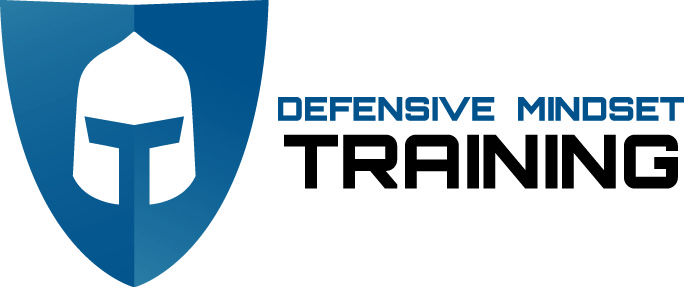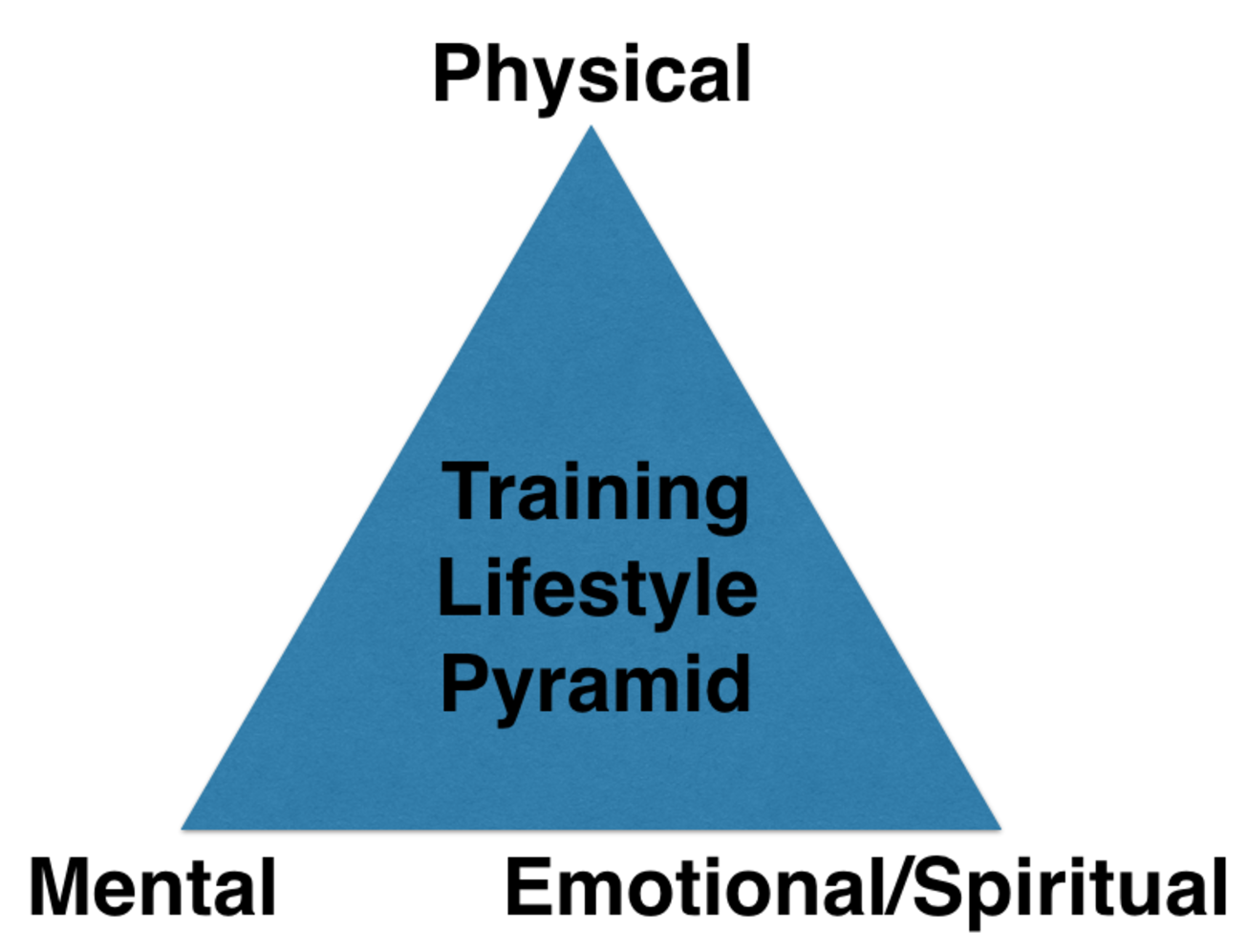One of the core principles of SMT is the motto: "no ego," and I'd challenge you to consider adapting this philosophy to your own life.
"No Ego" has two meanings to SMT, one has a physical manifestation, the other a mental manifestation.
The first is that we show up to train, everyday, even if it's only 5 minutes a day. Having "no ego" in your training means that you're open to how your brain and body will respond to the world as it is, not as we'd wish it to be. It also means that we're willing to take the time to plan and prepare ourselves physically, mentally, and emotionally/spiritually to respond to that world. Can you get in some dry fire? Is there a class to attend? Is it your range day? Did you get to the gym? Having "no ego" takes discipline.
The next way we at SMT try to live "no ego" is that we assume that there must be a better way.
In the firearms world it's very easy to develop a skill and get comfortable that what you are doing is correct. Unfortunately, that feeling is deceiving and it's robbing you of a larger view of the world of defense. Bruce Lee explained this philosophy the most succinctly when he said: "Absorb what is useful, discard what is useless, and add what is specifically your own." This mental manifestation is by far the hardest part of living "no ego," because in so many ways you know you are right, but more than that, often, you actually are in fact right!
But simply "being right" doesn't make the world any easier. Having ego because you know you're right often means that you won't listen. You relegate other people or ideas into a box, but instead of becoming a better, more accomplished person in your "right-ness," you've potentially boxed yourself into stagnation and dogmatism.
Fortunately, you have the ability to grow every single day. Unfortunately, growing takes work.

